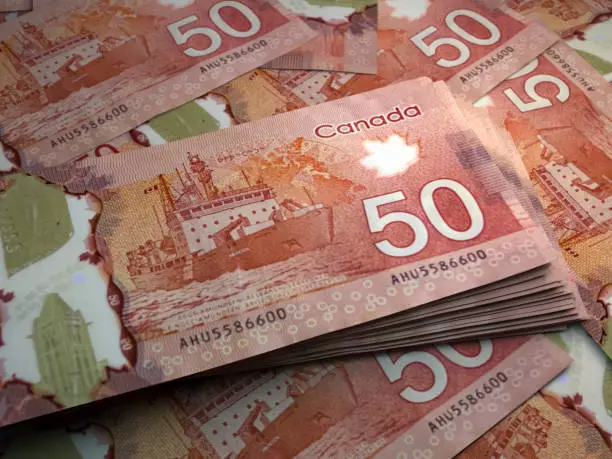The USDCAD currency pair has recently shown signs of resilience after hitting a seven-month low at 1.3418. As the pair clawed back above its 20-day exponential moving average (EMA), it also breached an important ascending trend line established from lows in 2021. This upward movement is particularly significant, as it signals potential bullish sentiment in the near term. However, traders should approach the landscape with caution, as several technical indicators suggest that a substantial rally may be difficult to maintain.
The immediate area of interest is the price range between 1.3580 and 1.3620, which encompasses not only the 50- and 200-day EMAs but also a crucial Fibonacci retracement level of 38.2% from the latest downtrend. Successfully breaking through this zone could catalyze further gains towards the 50% Fibonacci level around 1.3680. Should bullish momentum persist, the focus would shift to the 61.8% Fibonacci mark set at 1.3740. Despite this potential for upward movement, traders must weigh the risks outlined by the current technical framework.
Despite recent positive price movements, the technical signals paint a more conservative picture. The EMAs are still directed downwards, highlighting a prevailing bearish bias beneath the surface. Furthermore, the relative strength index (RSI) has struggled to break decisively above the neutral mark of 50, indicating lingering selling pressure. Complicating matters, the stochastic oscillator is nearing a precarious overbought territory, which increases the risk of a price correction.
Sellers might be poised for action should the price retrace below the 20-day EMA, currently situated at approximately 1.3530. A drop to this level would open the door for a test of immediate support around 1.3470. If the bearish forces gain traction, the psychological level of 1.3400 could come into play, possibly leading to a decline towards the January 2024 target of 1.3350. Such a scenario would reinforce the sentiment that while upward momentum is currently possible, significant barriers remain that could inhibit sustainable gains.
Traders should also closely monitor the upcoming release of the US nonfarm payrolls data scheduled for 12:30 GMT. This critical piece of economic information plays a vital role in shaping market sentiment and can lead to increased volatility in the currency markets. Depending on the outcome, the USDCAD could experience significant price movements, either accelerating its rally or triggering a deeper bearish correction.
While USDCAD’s recent performance reflects a temporary upward trend, traders must maintain vigilance because of the underlying technical constraints and the potential impact of pivotal economic data. Overall, the market landscape suggests that while gains are in sight, a cautious approach is essential to navigate the inevitable fluctuations ahead.

